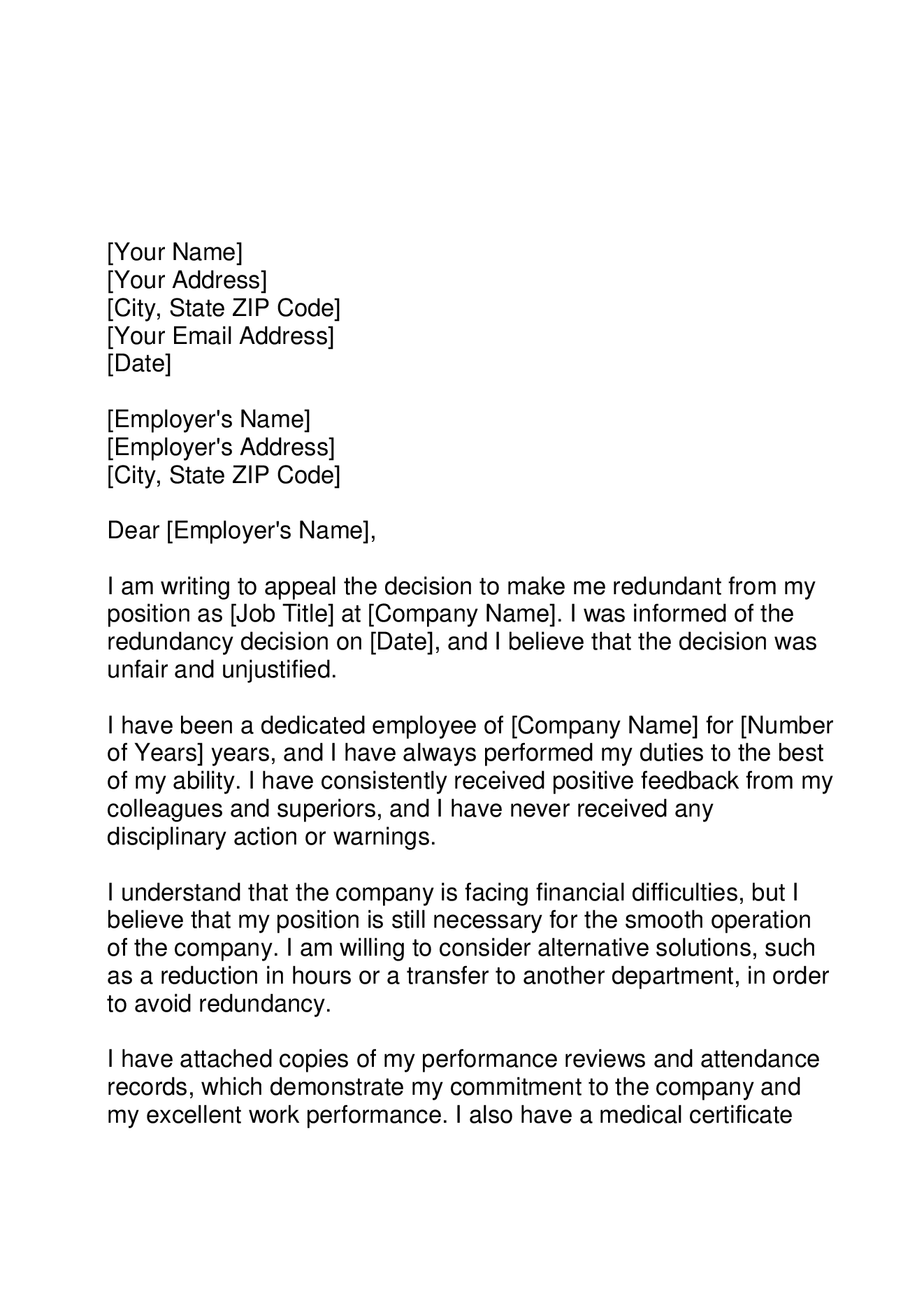Discussed: If a Company Goes Bust Who Pays Redundancy in the UK?
Discussed: If a Company Goes Bust Who Pays Redundancy in the UK?
Blog Article
Discovering the Operational Dynamics of Firm Redundancy and Its Long-Term Sustainability
Redundancy Approaches for Company Connection
In order to ensure undisturbed procedures, services must execute reliable redundancy methods for organization continuity. Redundancy in this context describes the replication of crucial elements or functions within a system to reduce the effect of possible failures. By incorporating redundancy approaches, companies can enhance their durability against disturbances triggered by different aspects such as all-natural disasters, tools failings, or cyber-attacks.
One usual redundancy strategy is the implementation of backup systems and data storage options. This entails developing matches of crucial information and systems that can be activated in case of a main system failing. Furthermore, companies can develop repetitive interaction channels and power sources to maintain connectivity and procedures during unpredicted occasions.
Moreover, cross-training employees to perform multiple roles within the company can function as a valuable redundancy approach. If essential personnel are inaccessible due to ailment or various other reasons, this ensures that essential tasks can still be lugged out also. On the whole, reliable redundancy approaches are necessary for services to support operational connection and reduce the influence of possible interruptions.
Influence of Redundancy on Business Resilience
Given the essential function redundancy techniques play in guaranteeing organization connection, exploring the influence of redundancy on organizational strength becomes crucial for understanding the all natural operational characteristics of a company. Business resilience describes an entity's ability to adjust to disruptions, recover from troubles, and transform when needed while maintaining core features. Redundancy, when strategically carried out, can considerably add to enhancing a company's resilience when faced with unanticipated difficulties. By having backup systems, workers, or procedures in place, business can much better stand up to shocks and proceed operations with very little disturbance.
Additionally, redundancy can reinforce worker morale and confidence, recognizing that there are backup strategies in position to address unexpected circumstances. This complacency can bring about increased productivity and a much more favorable job setting. Furthermore, redundancy can cultivate advancement and imagination within an organization as employees really feel encouraged to take computed dangers, understanding that there is a safeguard to support them in instance of failing. Generally, the impact of redundancy on organizational resilience is profound, forming the long-lasting sustainability and success of a company.
Stabilizing Efficiency and Adaptability in Redundancy
Accomplishing a harmonious balance between functional efficiency and flexible flexibility is an essential difficulty in the strategic implementation of redundancy within organizations. Effective link operations are crucial for preserving productivity and cost-effectiveness, ensuring that resources are made use of efficiently. However, extreme focus on efficiency alone can cause rigidity, making it try here tough for companies to adapt to unpredicted changes or difficulties. On the various other hand, versatility enables organizations to respond nimbly to evolving scenarios, promoting technology and resilience. Yet, excessive adaptability without a solid operational structure can result in ineffectiveness and incongruity.
To stabilize effectiveness and flexibility in redundancy preparation, companies have to meticulously analyze their operational needs, market dynamics, and tactical objectives. Eventually, finding the appropriate equilibrium between performance and versatility is essential for constructing a sustainable and resilient organization in the face of unpredictability.
Long-Term Sustainability With Redundancy Planning
To ensure enduring viability and security, organizations must purposefully align their redundancy preparation with long-term sustainability goals, therefore integrating operational effectiveness with adaptive adaptability. Long-lasting sustainability via redundancy planning entails even more than just temporary cost-cutting measures. It needs a thorough tactical approach that expects future obstacles and opportunities. Business should check out redundancy not as a responsive service to instant troubles but as a positive strategy for long-lasting success. By incorporating redundancy planning with sustainability objectives, companies can produce a resilient framework that can withstand numerous market fluctuations and internal modifications.

Positive Measures for Sustainable Business Procedures
Exactly how can business proactively boost their functional sustainability for lasting success? Applying positive actions is essential for companies intending to make certain lasting operations.
Moreover, promoting a culture of continuous renovation and learning within the organization can enhance flexibility to altering click for more info market conditions and customer demands. Encouraging staff member participation in decision-making processes and providing possibilities for professional growth can improve morale, performance, and total efficiency. Establishing clear goals, keeping track of vital efficiency indications, and routinely evaluating development are essential elements of positive sustainability management.
Teaming up with vendors, customers, and various other stakeholders to promote sustainable techniques throughout the supply chain can produce a surge impact of favorable effect - redundancy pay if company goes bust. By taking positive actions towards functional sustainability, companies can construct durability, drive development, and safeguard their long-lasting success in an ever-evolving organization landscape
Final Thought

In the realm of organizational monitoring, the tactical release of business redundancy stands as a crucial yet elaborate technique that requires a fragile balance between operational performance and lasting practicality. By dissecting the operational characteristics that underpin firm redundancy and evaluating its more comprehensive ramifications for business durability and flexibility, a nuanced understanding of exactly how redundancy approaches can shape the future trajectory of a firm starts to unfold.Offered the vital duty redundancy techniques play in ensuring business connection, discovering the effect of redundancy on business resilience ends up being imperative for comprehending the holistic operational characteristics of a firm. In general, the influence of redundancy on organizational durability is profound, shaping the long-lasting sustainability and success of a business.
In conclusion, comprehending the functional characteristics of company redundancy is vital for making certain long-term sustainability.
Report this page